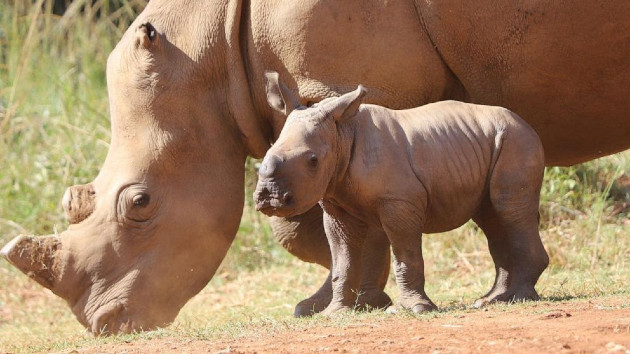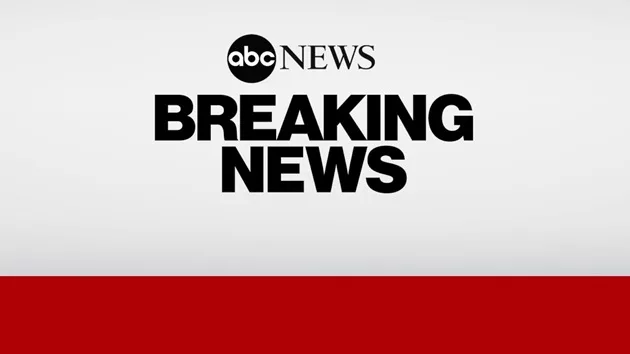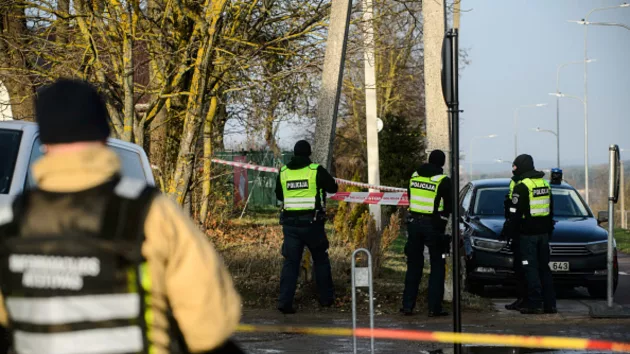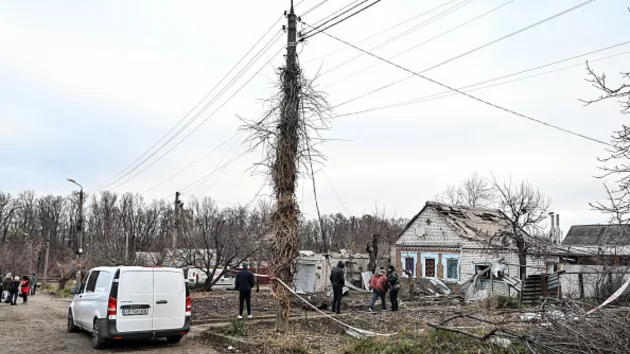
(NEW YORK) — Conservationists in South Africa are on a mission to save rhinos.
The Care for Wild Rhino Sanctuary in South Africa, which is the largest orphan rhino sanctuary in the world, is home to more than 100 orphaned rhinos. The center cares for many of these majestic creatures, which are impacted by poaching.
Over the past decade, rhino numbers have decreased dramatically. Now, it’s a race against time to save the species, which experts believe could become extinct within as little as five years.
“It pains my heart,” Regional Ranger Tinyiko Golele at Kruger National Park told ABC News’ Good Morning America. “People must understand these animals have value in our society.”
At Kruger National Park, which is 100 miles away from the Wild Rhino Sanctuary, rangers like Golele have seen a decline of the rhino species at the park. An estimated 80% of the park’s rhino population has been killed due to poachers who think that the rhino horn holds medicinal value.
But experts point out that rhino horns are made of keratin, which is similar to what human fingernails are made of. Still, rhino horn is sold in markets such as China and Vietnam, and can retail for about $10,000 a pound.
According to Care for Wild, the illegal rhino horn trade catapulted the status of the white rhino to “near threatened” and the black rhino to “critically endangered.”
To help protect rhinos from poachers, the park has taken drastic measures including removing their horns and tagging the animals. Some also take to the skies to lead the conservation effort from above the park.
“We are at this stage cause we are at the brink of failure,” pilot David Simelani told GMA. “It is the last thing we can do to save these species.”
One of the most delicate missions that Simelani explained is also flying calves to the rhino sanctuary.
At the sanctuary, conservationists caring for orphaned rhinos had to wait and see whether rhinos could learn rhino behavior without other adults. One of the rhinos that conservationists were unsure about when they arrived at the sanctuary was a rhino named Storm.
“He had no parents to teach him how to be a bull rhino,” Petronel Nieuwoudt, founder of Care for Wild Rhino Sanctuary, said.
Despite all odds, Storm had the nature of a rhino and was able to thrive in the sanctuary. Storm ended up becoming the father of two calves that are both under 3 months old.
One of the rhinos at Care for Wild Rhino Sanctuary is Wyntir. Like Storm, Wyntir was also orphaned but thrived at the sanctuary. She is the first ever orphaned rhino to bear a calf named Little Blizzy.
“Every time I see her, this is a new start for rhinos and for us in the world,” Nieuwoudt said.
The other calf at the sanctuary is Pebble, the second baby rhino to be born to orphan rhinos — dad Storm and mom, River.
The sanctuary is hopeful for more babies in the near future — because of Storm, two more rhinos are currently pregnant.
To learn more, including how to support the rhinos, click here.
Copyright © 2022, ABC Audio. All rights reserved.








